Pain Doctors: The Game of Recreational Surgery Board Game Overview – Last Meeple Standing

Do you remember as a child having a game where you got to perform surgery on a patient for money? It was light-hearted, brightly colored, and loud. That’s right… it was Operation (originally published by Milton Bradley, currently Hasbro). Remove the right femur, remove the funny bone… BUZZ!!! When you touched the edge of a bone’s location by accident, the patient’s nose would glow red and you’d know you had screwed the pooch. But, I know you folks were just like me. You tortured that patient as much as you could (or as long as it was funny), intentionally flubbing the surgery. Fun, but sick fun… and we loved it!
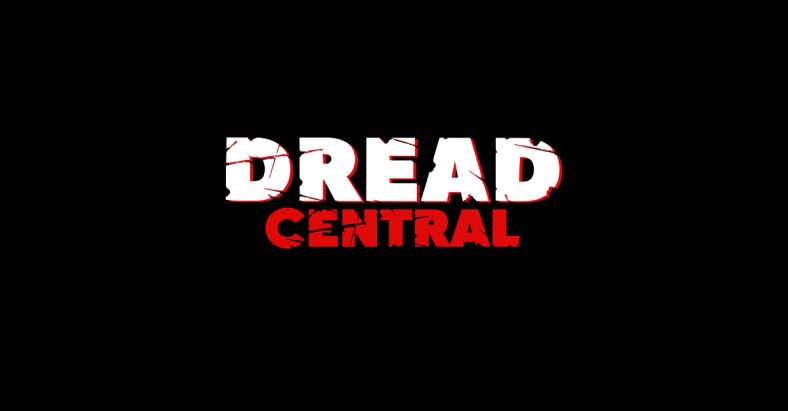
Photo Credit: Tiffany Hahn
Now, just for a dark moment imagine if there was a game where torturing the patients was what you were SUPPOSED to do… and you got paid to do it. It sounds like a game Eli Roth and David Cronenberg would collaborate on. Well, luckily for sickos like us, in 1996, publisher Dreamsville Publishing inflicted upon the world the grandly grotesque game Pain Doctors: The Game of Recreational Surgery.
Based on the book The Pain Doctors of Suture Self General, by Alan M. Clark and The Bovine Smoke Society (!), for many collectors the main draw of this evil game was the art. The art on the play board and the cards was created by Alan M. Clark, an illustrator and author well known in the horror community for his nightmarish, twisted (literally), and obscenely organic paintings. He has won the World Fantasy Award, Locus Awards, and the International Horror Guild awards for his art. His work has graced the covers many horror novels, magazines, and CDs. Collectors who had no interest in games sought Pain Doctors out simply due to Clark’s involvement in the project.
The premise of Pain Doctors is that you are a deranged surgeon in “The Facility,” attempting to keep your patients healthy enough to withstand whatever grim surgery you chose to dish out on them. Meanwhile, your opponents attempt to knock your patients’ health down in disgusting ways to prevent your operations, procedures that are anything but necessary. Eventually, you decide you’ve had enough and feel confident for the “press your luck” segment of the game where you perform surgery after surgery on your patients. Do you hack into them, causing as much pain as possible and thus winning more points? Do you slice into them one more time and risk killing them (and get NO points). Do you forge on ahead, carving them up for a possible win? Is the theme of this game dark? Hell yeah, it is! I daresay there are no games darker than this.
COMPONENTS:
While there is a lot to recommend this dark game, the odd components are not one of those elements. The game itself rests in a clear poster tube, with the thin, laminated game board surrounding the Treatment, Patient, and Surgery cards; a bag of glass beads representing 1, 5, and 10 points (yellow for lymph, red for blood, and white for white blood cells, respectively…ewwww); a really cool medical-chart-looking pad for tracking points; and Xeroxed instructions, as well as a strangely charming Note from the Designer warning players not to try any of the surgeries depicted in the game and not to sue them for any reason. The board is REALLY thin, but it is laminated, so it should last. Since it comes rolled up in a tube, it requires a lot of back bending or the use of tape of sticky tack to hold it down without it rolling back up. The cards are quite thin, as well, and I suggest sleeving them if possible to prevent wear and tear. Over the years, mine have begun to show dings and rubbing. Clark’s art on the cards (especially the Patient and Surgery cards) is disturbing, as you might imagine, strangely veering more toward the surreal than the gruesome, but in keeping with his style. However, the art on the board is substandard, early 90’s CG.
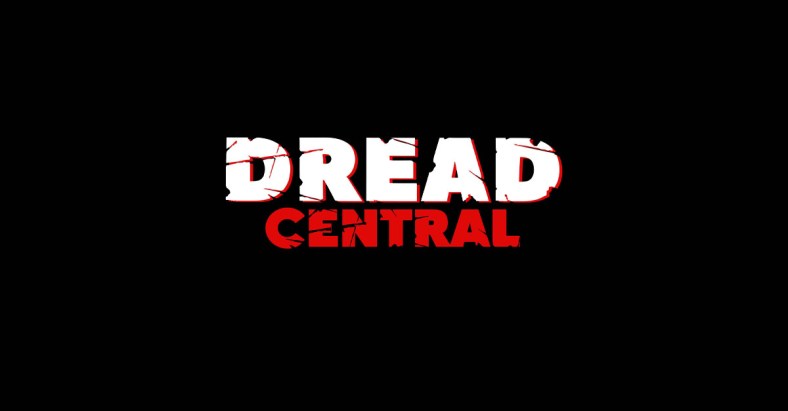
Pain Doctors: The Game of Recreational Surgery in original poster tube packaging.
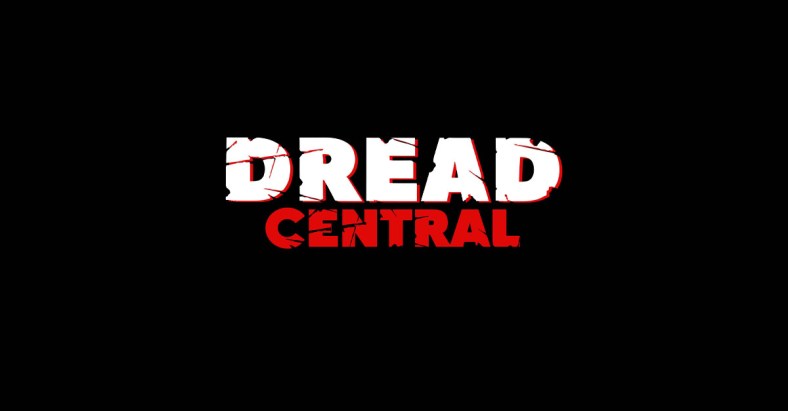
Pain Doctors: The Game of Recreational Surgery – Back of Game Board
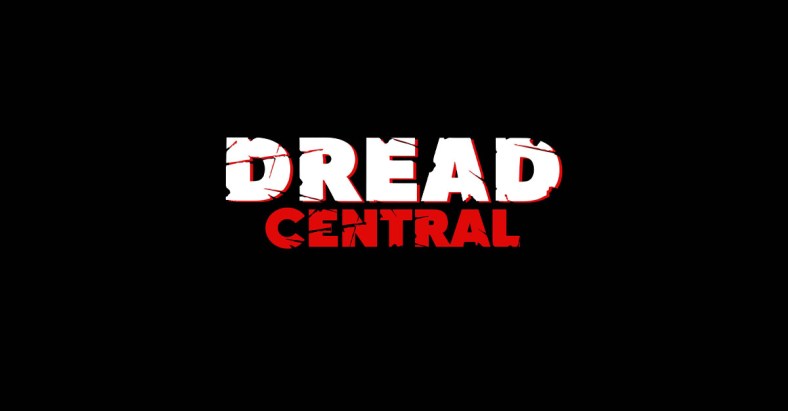
Pain Doctors: The Game of Recreational Surgery
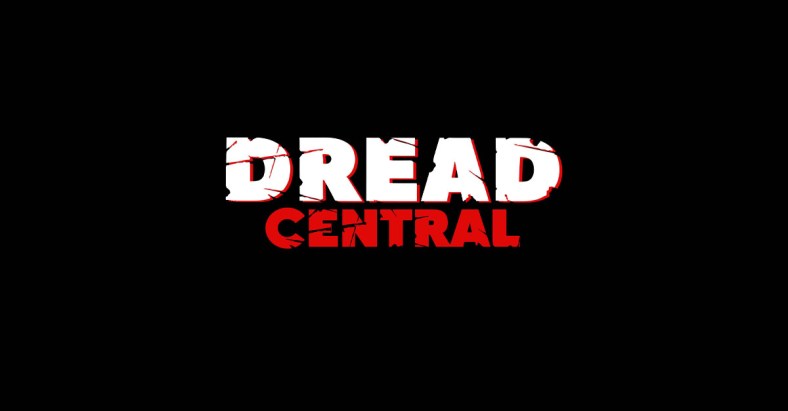
Pain Doctors: The Game of Recreational Surgery – Surgery chart.
SETUP:
Getting the game ready to play could not be more simple. The three decks, Patient, Treatment, and Surgery, are shuffled. Each player is dealt three Patients, each of which starts with 5 life points, tracked with the glass beads. Patients are assigned to one of three wards (Addicts, Geeks, or Batty), which is important because certain cards only impact patients in particular wards. Each player is dealt a “Go to Surgery” card from the Treatment deck and receives four random Treatment cards. Then gameplay begins.
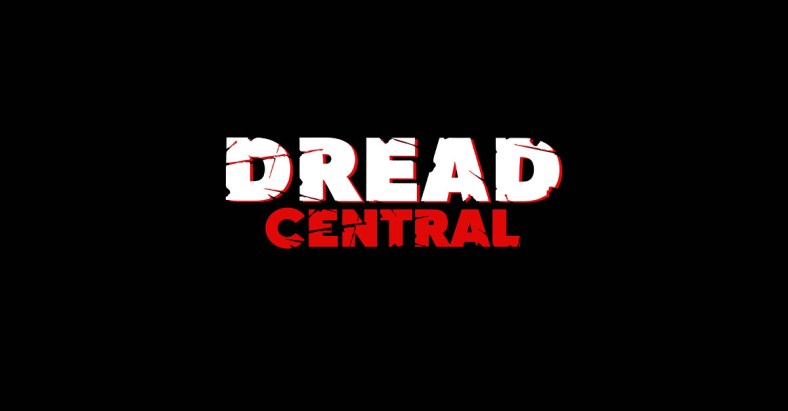
Pain Doctors: The Game of Recreational Surgery – Patient cards
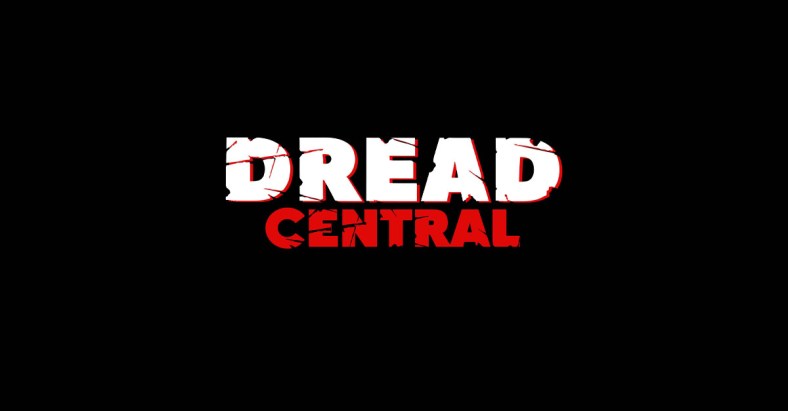
Pain Doctors: The Game of Recreational Surgery – Treatment Cards.
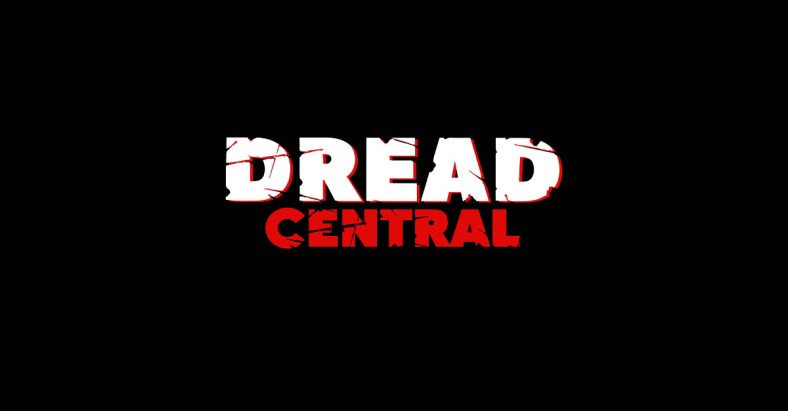
Pain Doctors: The Game of Recreational Surgery – Surgery cards.
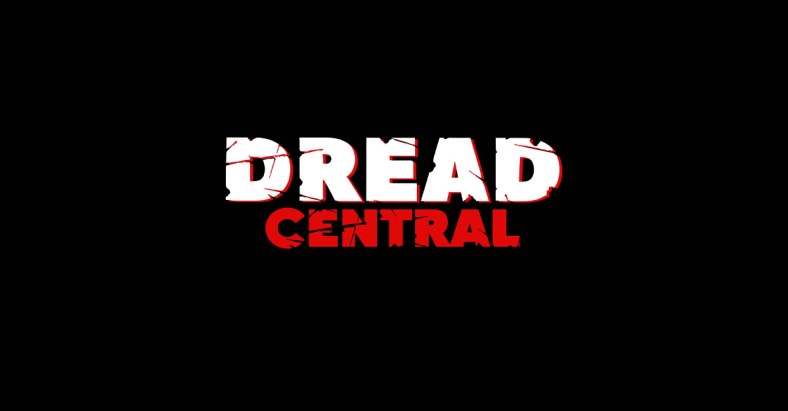
Pain Doctors: The Game of Recreational Surgery – Glass beads.
GAMEPLAY:
On each turn of the game, players will alternate drawing Treatment cards and playing them, in order to raise the life points of their patients or lower those of other players’ patients. The also have the option of discarding their hand and drawing a new one, which ends their turn. Patients with 10 or more life points get moved to Pre-Op, where you will perform surgeries on them to gain points. To add to the completely grim gameplay, certain special Treatment cards dramatically alter proceedings, such as a Swap Patient card that lets you steal your opponent’s patients and replace them with one of yours, a Bodyguard card that protects your patient from many game effects, and a Suicide card that removes a patient from play (they kill themselves to avoid more surgeries… I told you this game was dark). Once patients have been moved to Pre-Op, they are protected from many game effects, but one thing to keep in mind is that there are only three slots for patients in Pre-Op. If another player moves his patients into those three slots first, you have to wait until there is a vacancy to move YOUR patients there. The game is cutthroat in more ways than one. When a patient is moved into the Surgical Theatre, the real slice and dice of the game takes place (could it get any worse?). The surgeon draws from the shuffled Surgery deck one at a time. Each card indicates the number of points earned and the life points lost by the patient, as well as three important pieces of information. The cards tell the surgeon whether they (1) Stop the Surgery (a patient with life points remaining scores pain points from all of his surgeries); (2) Must Continue (thus risking more surgeries, possibly killing the patient and scoring no points); or (3) Choose (the surgeon can decide whether they want to press their luck, going for more points or potentially killing their patient).
WINNING:
The game continues in this wicked way until one of the surgeons scores a total of 500 points or they successfully complete 10 surgeries. That player is crowned Chief Surgeon of The Facility and wins the game.
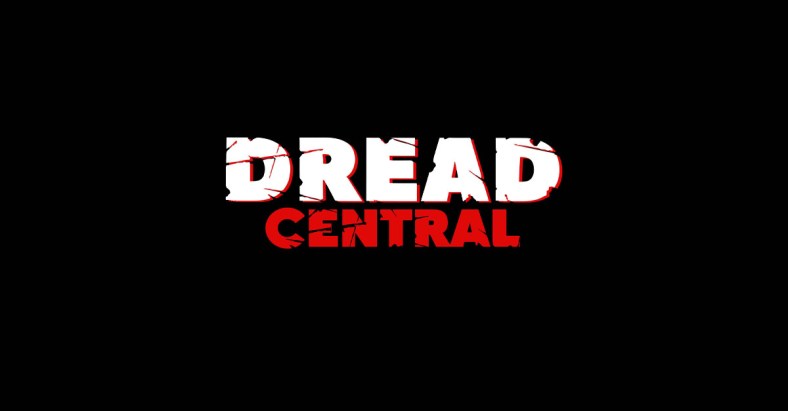
Pain Doctors: The Game of Recreational Surgery with instructions.
FINAL THOUGHTS:
Let’s be honest here: Pain Doctors was never destined to win game design awards in the general public. Hell, it is a minor miracle that it was published at all! Talk about a niche market…a game all about inflicting as much pain as you can in a hospital for fame and fortune? No way was this game ever destined to be carried in Walmart, Toys ‘R’ Us, or even your friendly neighborhood game store. Stocking this game would result in you being chased down by peasants with torches. To my knowledge, it wasn’t released into the wilds via traditional markets. In nearly 30 years of collecting games, I’ve never seen a copy of Pain Doctors in a brick and mortar store. Today, you are very lucky to find a new copy of this game on eBay for under $150 (it originally sold for $29.95). Is it worth it? That depends. Pain Doctors provides ghoulish fun for folks looking for a horror game that is weightier than Zombie Dice but not quite as heavy as something like Dawn of the Zeds (and its multiple rule books). It sets up quickly and is strangely satisfying as you keep pressing your luck to perform more and more surgeries (I always imagine myself as Dr. Logan from Day of the Dead when playing Pain Doctors).
The game is a blast, and we laugh our asses off playing this weird game every time it hits the table. However, there are a lot of horror games out there that have better components, deeper gameplay, and wider availability, so your money might be better spent elsewhere. But, for fans of Alan M. Clark and his amazing art, this game is a must buy… if you can find it.
PRODUCT DETAILS:
Designers: Steven Carlberg, Victor Oliver, and Michael A. Powell
Artist: Alan M. Clark
Publisher: Dreamsville Publishing
RATING:
5/10 (but 10/10 for being so damned screwed up)
Last Meeple Standing is brought to you by Villainous Lair Comics & Games, the ultimate destination for board game fanatics in southern California.
For more information visit the official Villainous Lair Comics & Games website, “Like” the Villainous Lair Facebook page and be sure to follow Villainous Lair on Twitter and Instagram.

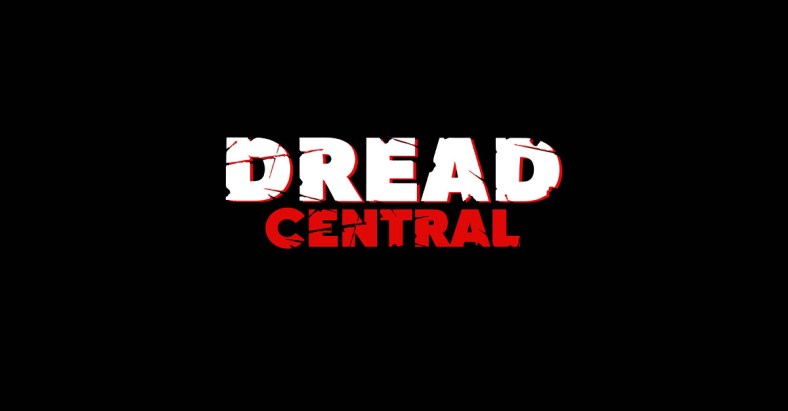
Categorized:News

